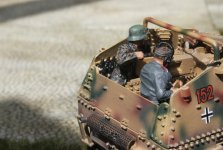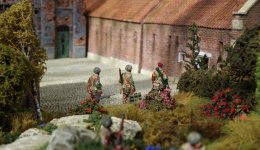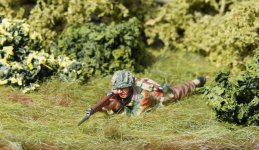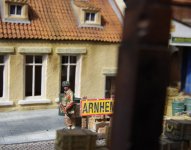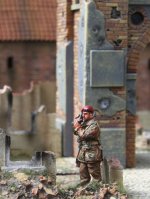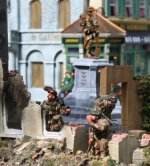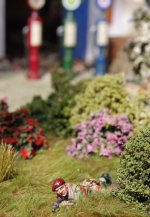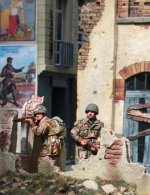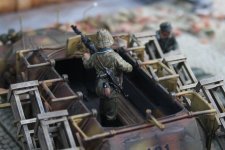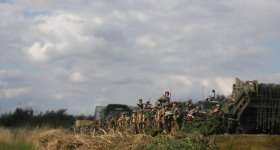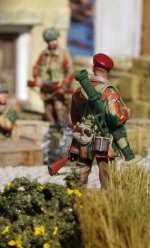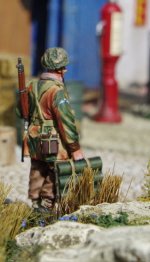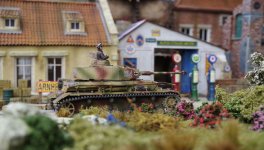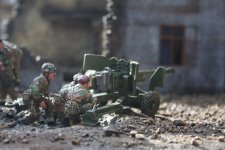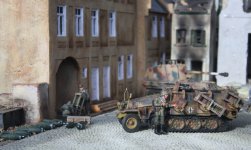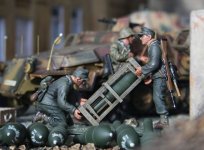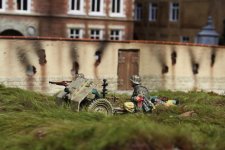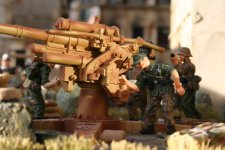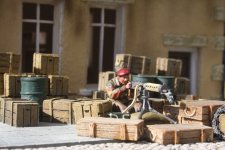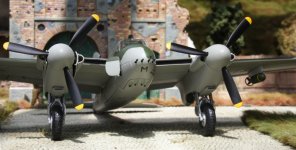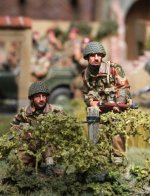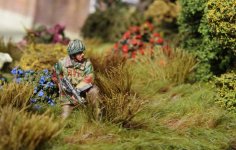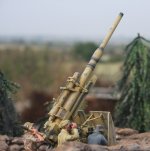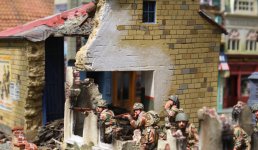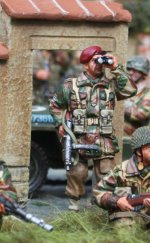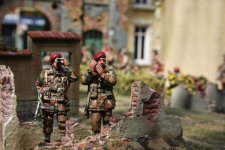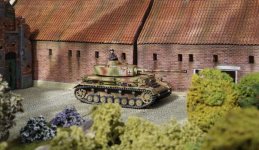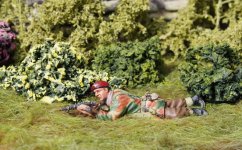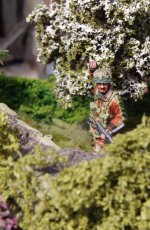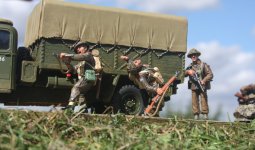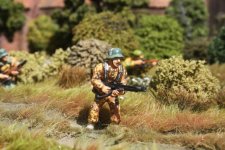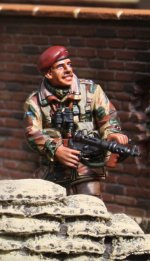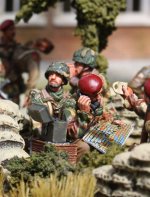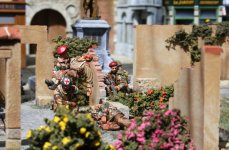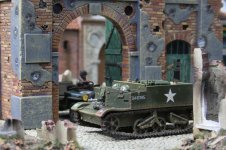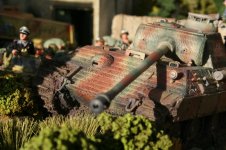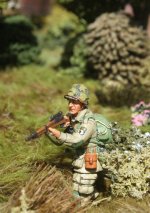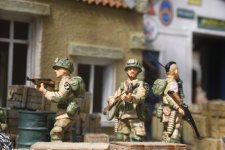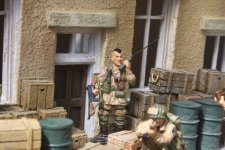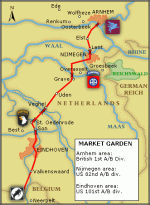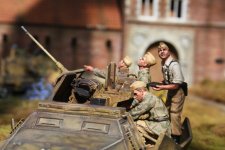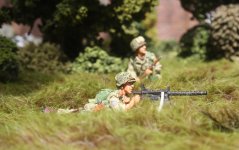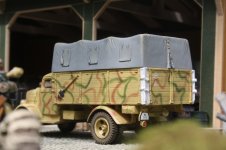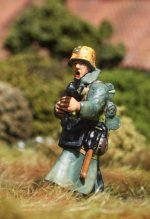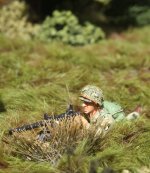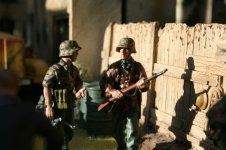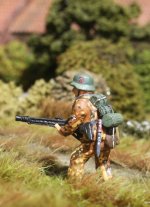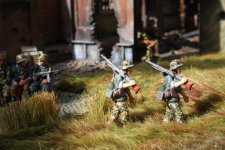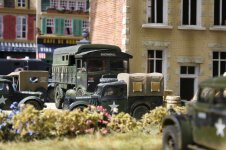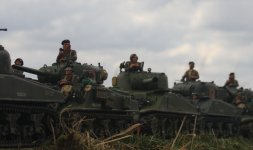panda1gen
Colonel
- Joined
- Jul 29, 2005
- Messages
- 8,155
We left the XXX Corps story at post #1387 to visit the story of 2 Para, whose story I shall continue again very soon. To continue a brief recap of the overall campaign ....
Early in the day of the 18[SUP]th[/SUP] September, German counterattacks seized one of the 82[SUP]nd[/SUP] landing zones where the Second Lift was scheduled to arrive at 13:00. The 508th Parachute Infantry Regiment attacked at 13:10 and cleared the landing zone by 14:00, capturing 16 German flak pieces and 149 prisoners. Delayed by weather in Britain, the Second Lift did not arrive until 15:30. This lift brought in elements of the 319th and 320th Glider Field Artillery battalions, the 456th Parachute Field Artillery battalion and medical support elements. Twenty minutes later, 135 B-24 bombers dropped supplies from low level.
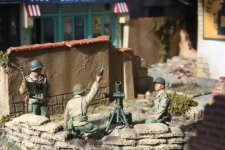 much needed support .....
much needed support .....Faced with the loss of the bridge at Son, the 101st unsuccessfully attempted to capture a similar bridge a few kilometres away at Best but found the approach blocked. Other units continued moving to the south and eventually reached the northern end of Eindhoven. At 06:00 hours the Irish Guards Group resumed the advance while facing determined resistance from German infantry and tanks. Around noon the 101st Airborne were met by the lead reconnaissance units from XXX Corps.
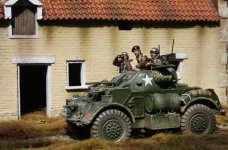 link up .......
link up .......At 16:00 radio contact alerted the main force that the Son bridge had been destroyed and requested that a Bailey bridge be brought forward. By nightfall, the Guards Armored Division had established itself in the Eindhoven area. However, transport columns were jammed in the packed streets of the town, and they were subjected to German aerial bombardment during the night. XXX Corps engineers, supported by German prisoners of war, constructed a class 40 Bailey bridge within 10 hours across the Wilhelmina Canal.
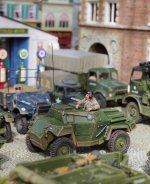 more delay .......
more delay .......During the day the British VIII and XII Corps, supporting the main attack, had forged bridgeheads across Meuse-Escaut Canal while facing stiff German resistance; the 50th (Northumbrian) Infantry Division was transferred from XXX Corps to VIII Corps, to relieve XXX Corps from having to secure the ground gained thus far. Throughout the day German attacks were launched against XXX Corps and against the newly gained bridgeheads over the Meuse–Escaut Canal, all without success.
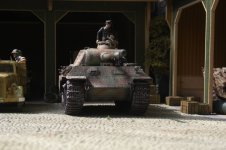 tough opponent ......
tough opponent ...... ambush .....
ambush .....

